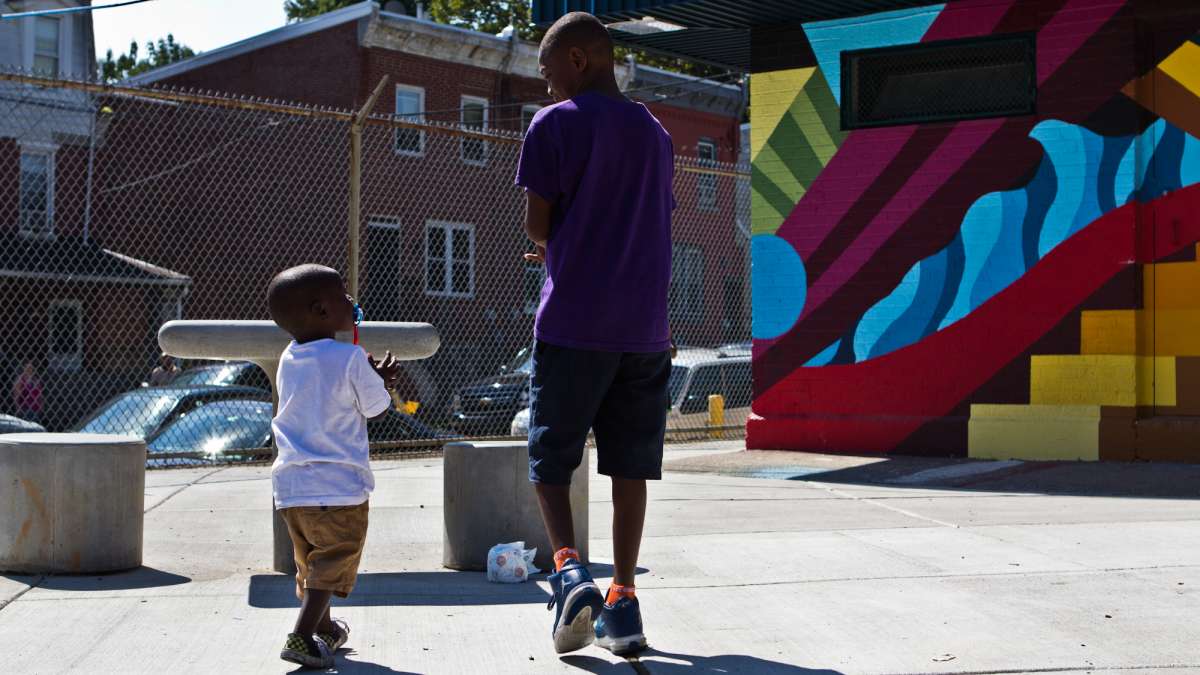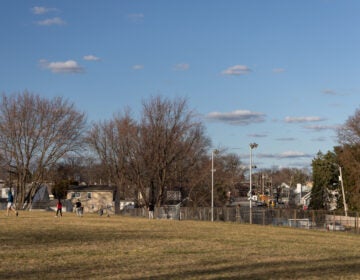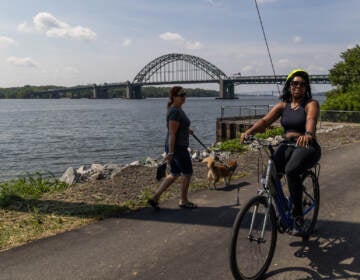Philly gains ground in national park ranking

Philadelphia’s park system has bumped up two places, to 30th, in a national ranking of the 100 largest U.S. cities, reflecting good distribution of facilities around the city, strong volunteerism, and the presence of amenities such as splash pads and recreation centers.
The data released Wednesday by the Trust for Public Land, a San Francisco-based nonprofit that supports park development nationally, comes as the city prepares to move ahead with Rebuild, a $500 million initiative to renovate dilapidated parks, playgrounds and libraries. Pennsylvania’s Supreme Court is expected to rule later this year on the legality of the city soda tax that is meant to provide the bulk of Rebuild’s funding.
The new ranking gives Philadelphia’s parks 60 points on a 100-point scale, just below Boise, Idaho, and above Kansas City, Mo. The city did particularly well in the access category, with 93 percent of residents living within a 10-minute walk of a park, and got top scores for the number of recreation and senior centers (2.1 per 20,000 residents) and splash pads (5 per 100,000 residents). The addition of splash-pad numbers to the ranking system this year contributed to Philadelphia’s rise.
Though the 2018 report indicates generally good access to parks and playgrounds, it does not state whether they are in good condition or how income levels correlate to disparities in the quality of facilities. Based on proximity, low-income residents had slightly better access to parks than medium- and high-income residents. A map accompanying the report shows some areas of “park need,” which indicates a lower density of parkland. Owen Franklin, the Trust for Public Land’s Pennsylvania state director, said need tends to correlate with less densely populated sections and with neighborhoods near the city’s borders.
Philly’s ranking improved, in part, because a measure of spending on parks jumped to $84 per city resident from $59, even though the parks budget did not increase substantially and Rebuild funds are not yet included. Franklin said the higher figure reflects a new way of calculating spending that accounts for volunteer hours and charitable contributions.
“Philadelphia is a very civically engaged city, and it has a lot of civically engaged partners,” said Franklin, who is based here. “This financial contribution is, of course, public dollars being spent directly but also all the work that volunteers are providing, either to Parks and Recreation directly or to organizations like the Philadelphia Parks Alliance or Fairmount Park Conservancy. It’ll be interesting to see where this score ends up in the years to come, with the Rebuild program coming online.”
The Trust for Public Land’s ParkScore index was launched in 2012, initially reviewing the 40 largest U.S. cities and thus including Philadelphia each year.
The new report’s data suggesting strong volunteerism here rang true to Ilene Wilder, president of the Columbus Square Advisory Council in South Philadelphia and a board member for the Philadelphia Recreation Advisory Council. She lives across the street from Columbus Square and said she has seen up close the deep involvement of neighborhood residents with the park, in terms of both recreation and support for it.
“Our community has changed a lot over the years, but we’ve always had a lot of people who are really engaged in helping maintain and being good stewards of the park,” Wilder said. “When we have ‘Love Your Park’ day, we always get a lot of volunteers. Throughout the city, I think, we get a lot of volunteers.”
A long-awaited $3 million renovation of Columbus Square is scheduled to begin later this year. Wilder said that was made possible by her experience as a lobbyist and fund-raiser and by the professional capacity of the neighborhood, which has become more affluent in recent years. In other parts of the city, she said, residents are also eager to improve their parks but may not have as much time and as many resources to do so.
“If you’re a parent who’s working two jobs to keep a roof over your kids’ heads, you don’t have time to be doing this stuff. Not that you don’t care, not that you don’t want it to happen, but it doesn’t always work that way. There are some inequities around that,” Wilder said.
With regard to the number of dog parks and restrooms in city parks, the data showed Philadelphia fared relatively poorly, and the city’s ranking was hurt by its relatively small median park size, 3.3 acres versus 5.0 nationally. Despite the contributions of volunteers, spending level was also relatively low compared to cities like Minneapolis ($249 per person) and Pittsburgh ($100 per person).
Wilder said she is always struck by Philadelphia’s underinvestment in parks compared to Chicago, where she grew up. Chicago ranked eighth overall, spending $172 per resident on parks.
“The difference is, they really took care of their parks,” she said of Chicago. “That’s the big difference with Philadelphia, though with Rebuild and all that, they’re definitely trying.”
WHYY is your source for fact-based, in-depth journalism and information. As a nonprofit organization, we rely on financial support from readers like you. Please give today.







